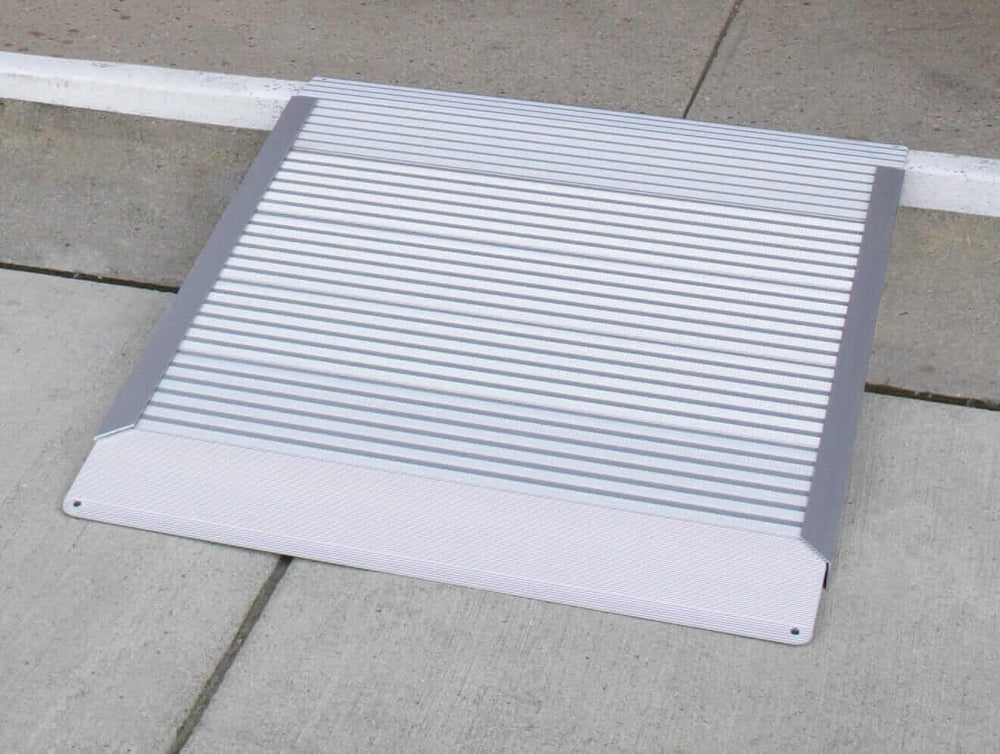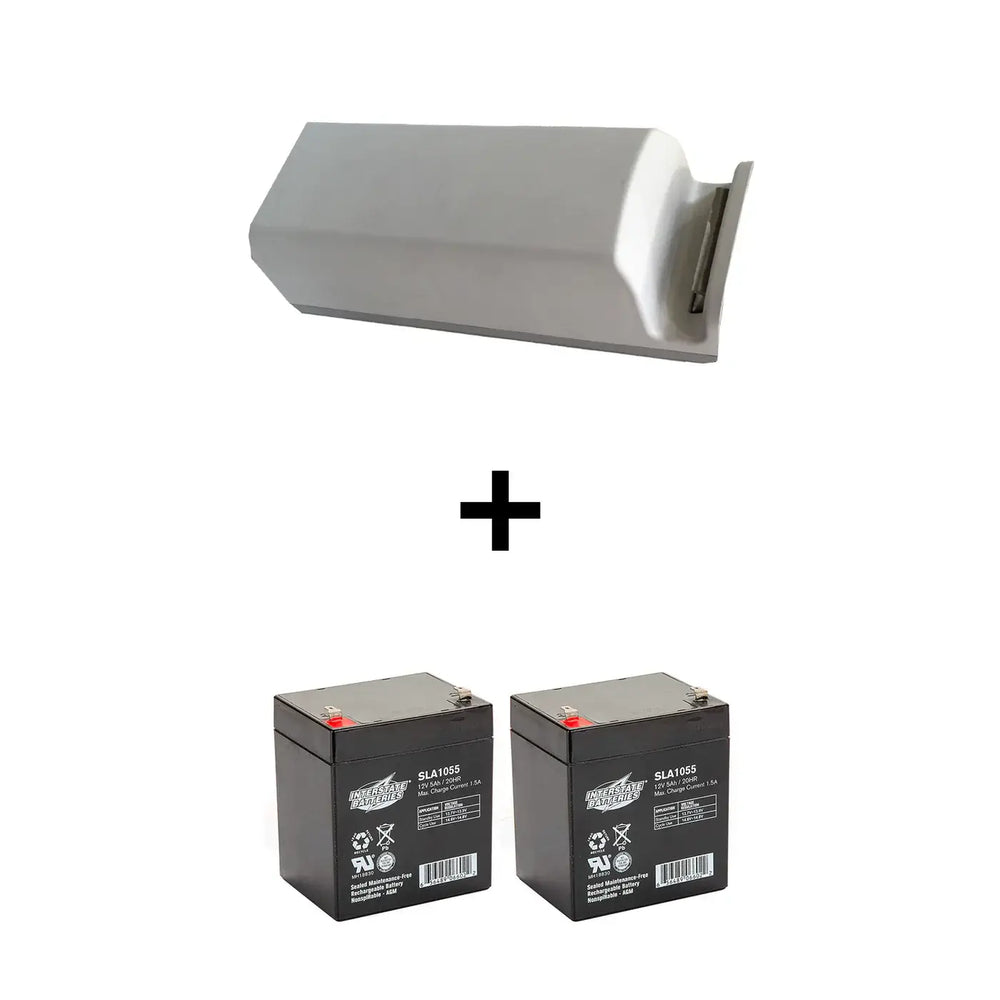The Importance of Proper Installation for Disability Ramps
The significance of disability ramps
Disability ramps are crucial for providing accessibility to individuals with mobility challenges. They allow people using wheelchairs or walkers to move freely in and out of buildings. Properly installed disability ramps ensure a safe and convenient passage for individuals with disabilities, enhancing their independence and quality of life. Without a well-designed and correctly installed ramp, people with disabilities may face barriers that limit their access to public spaces.

Types of disability ramps
There are various types of disability ramps available, each designed to suit different needs and situations. Some common types include:
- Threshold Ramps: These are small, portable ramps used to navigate small steps or door thresholds. They are often made of lightweight materials such as aluminum or rubber.
- Foldable Ramps: These ramps can be folded for easy storage and transportation. They are suitable for providing access to vehicles or overcoming short rises.
- Modular Ramps: These ramps are made up of interchangeable sections, allowing for customization to fit specific spaces and needs. They are often used for longer, more permanent access solutions.
- Portable Ramps: Similar to foldable ramps, portable ramps are designed for travel and temporary use. They can be easily set up and removed as needed.
Each type of ramp has its own advantages and is designed to address particular accessibility challenges.
Considerations for proper installation
When installing a disability ramp, it's crucial to consider several factors to ensure it meets safety standards and provides accessibility for individuals with disabilities. Here are some key considerations for proper installation:
- Slope and Gradient: The ramp should have a gentle slope and gradient to allow for easy maneuverability for wheelchair users and individuals with mobility aids. A steep slope can be difficult to navigate and may pose safety hazards.
- Railing and Edge Protection: Install sturdy railings and edge protection to prevent accidental falls and provide support for individuals using the ramp.
- Material and Surface: Choose durable and slip-resistant materials for the ramp surface to ensure traction and stability, especially in various weather conditions.
- Width and Landing: Ensure the ramp is wide enough to accommodate wheelchairs and has a sufficient landing area at the top and bottom for smooth entry and exit.
Proper installation of disability ramps plays a significant role in promoting inclusivity and accessibility for everyone.
Benefits of properly installed disability ramps
Properly installed disability ramps provide several benefits, including:
- Accessibility: Ramps make it easier for people with disabilities to access buildings and public spaces.
- Safety: A well-installed ramp reduces the risk of accidents and injuries for those using mobility aids such as wheelchairs or walkers.
- Legal Compliance: Properly installed ramps ensure buildings comply with accessibility laws and regulations, avoiding potential legal issues.
- Inclusivity: Ramps promote inclusivity by allowing people of all abilities to navigate and participate in their communities.
Common mistakes to avoid in installation
When installing disability ramps, it's important to avoid common mistakes to ensure safety and accessibility. Here are some key points to consider:
- Incorrect slope: Ramps must have a gentle slope to allow for smooth navigation by wheelchair users. A ramp with a slope that is too steep can be difficult to use and may pose safety hazards.
- Lack of handrails: Handrails are essential for providing support and stability for individuals using the ramp. Not having handrails can increase the risk of accidents and falls.
- Inadequate landing space: Each end of the ramp should have a level landing area to allow for easy entry and exit. Inadequate landing space can make it challenging for wheelchair users to maneuver safely.
- Non-slip surface: It's crucial to ensure that the ramp surface is non-slip to prevent slips and falls, especially during wet or icy conditions.
By avoiding these common mistakes during the installation of disability ramps, you can help create a safe and accessible environment for individuals with mobility challenges.
Choosing the right location for the ramp
Choosing the right location for the ramp is crucial to ensure safety and accessibility. It's important to consider the following factors:
- The slope of the ground should be taken into account in order to meet the ADA guidelines, which recommend a maximum slope of 1:12.
- The location should provide enough clearance at both the top and bottom of the ramp to accommodate wheelchair users.
- Consider the proximity to the entrance and parking spaces to ensure convenient access for individuals with disabilities.
- Additionally, make sure the ramp location does not obstruct walkways or pose a hazard to pedestrian traffic.
By carefully selecting the location for the ramp, you can ensure that it is both effective and safe for users.
Safety features for disability ramps
Safety features for disability ramps are crucial to ensure the safety and accessibility of individuals with disabilities. Some important safety features to consider for disability ramps include:
- Non-slip surfaces: Ramps should have surfaces that provide good traction to prevent slipping, especially in wet or icy conditions.
- Handrails: Sturdy handrails on both sides of the ramp can provide additional support and stability for individuals using the ramp.
- Edge protection: Installing edge protection, such as raised edges or curbs, can help prevent accidental falls off the sides of the ramp.
- Proper slope: Ramps should have a gentle slope with a ratio of 1:12 or less to ensure that individuals using mobility devices can navigate the ramp safely.
- Visibility: Adequate lighting and clear signage can help individuals with visual impairments navigate the ramp more easily.
These safety features are essential for creating inclusive environments and ensuring the well-being of all individuals using disability ramps.
Ensuring compliance with regulations and standards
Ensuring compliance with regulations and standards is crucial when installing disability ramps. It is important to consider the guidelines set by the Americans with Disabilities Act (ADA) to ensure that the ramp is accessible and safe for people with disabilities. Some key points to keep in mind include:
- The slope of the ramp should be no more than 1:12 to make it easier for individuals using wheelchairs to navigate.
- The width of the ramp should be a minimum of 36 inches to accommodate different mobility aids.
- Handrails should be installed on both sides of the ramp for added support and stability.
- Additionally, the surface of the ramp should be slip-resistant to prevent accidents and ensure the safety of users.
Conclusion: Ensuring proper installation for maximum utility
To ensure maximum utility and safety, it is crucial to have disability ramps properly installed. Proper installation not only ensures the functionality of the ramp but also minimizes the risk of accidents and injuries. It is important to hire a professional to install disability ramps, as they have the expertise and knowledge to ensure proper placement and secure attachment. Additionally, professional installation can also help in meeting the accessibility standards and regulations set by authorities, ensuring that the ramp is compliant and usable for people with disabilities.







Leave a comment